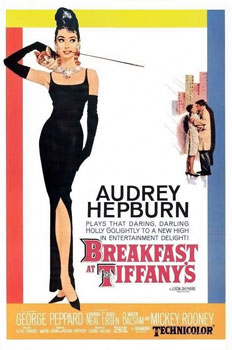Product Description
Tiffany & Co. / Albert Barney American Art Deco sterling demitasse pot 1936


ALBERT BARNEY (? -1955) American
JOHN C. MOORE (1907-1947) New York
TIFFANY & COMPANY (1868-) New York
“Century Modern” chocolate or demitasse pot 1936
Handwrought sterling silver, fiber handle and finial
Stamped: TIFFANY & Co. MAKERS, 22172 (pattern/date system number), 5244(order number), STERLING SILVER, 925-1000, m (John C. Moore, designer), 5 GILLS
For a related modernist service and information about Century Modern silver exhibited at the 1939 New York World’s Fair see: Tiffany Silver, Charles H. Carpenter, Jr. (New York: Dodd, Mead & Company, 1978) pp. 256, 259-261
For more information see: Tiffany Silver, Charles H. Carpenter, Jr. (New York: Dodd, Mead & Company, 1978) pp. 256, 259-261; Modernism: Modernist Design 1880-1940, The Norwest Collection, Norwest Corporation, Minneapolis, Alastair Duncan (Woodbridge, Suffolk, England: The Antique Collector’s Club, 1998), p. 240.
H: 8″ x W: 5″ x D: 3 1/4″
Tiffany & Co. / Albert Barney American Art Deco sterling demitasse pot 1936
